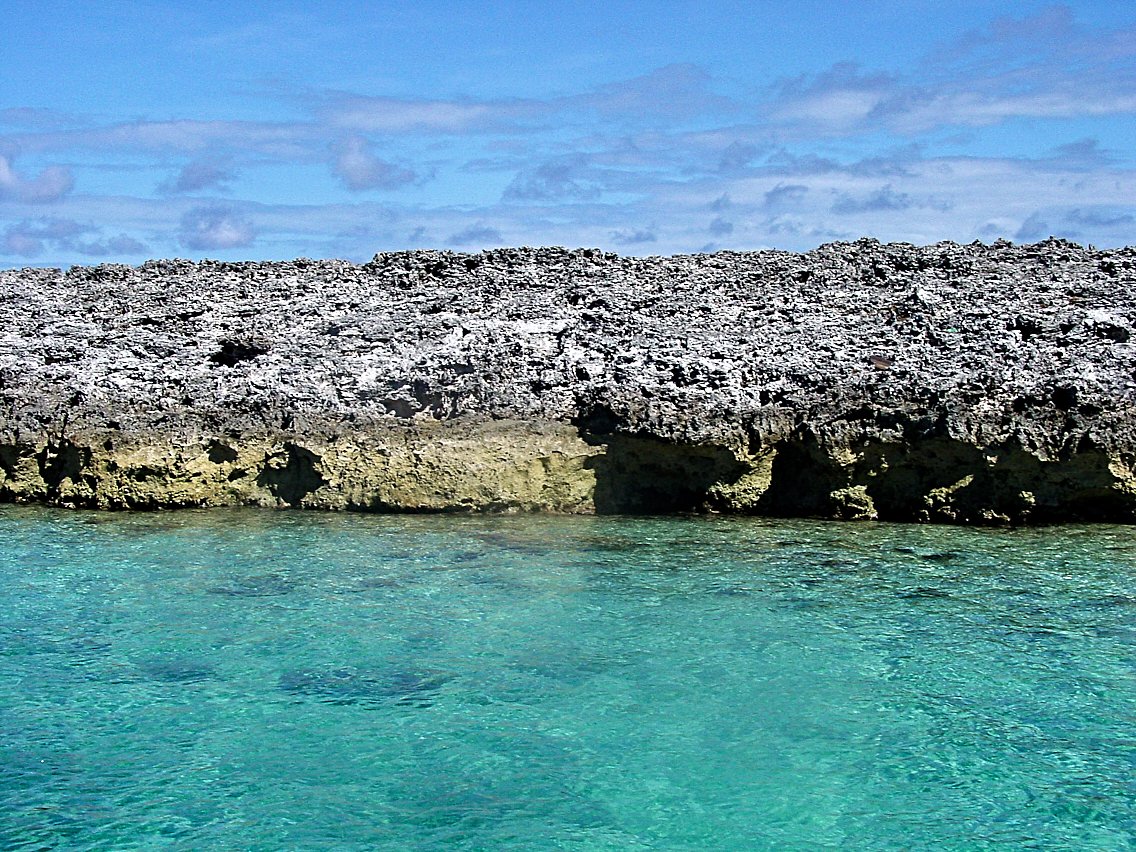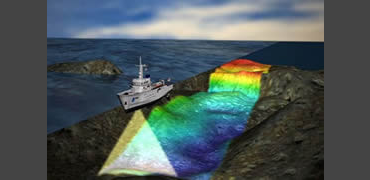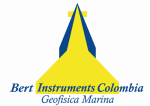Infrastructure … building thoughts

Pipeline Location Yellowstone River
Due to an increase of the water flow of the Yellowstone River in Montana the Silvertip pipeline broke down creating an environmental disaster. Bert Instruments assisted Conoco-Phillips lo locate the pipeline depths and sediment cover in four of their pipelines adjacent to the Silvertip pipeline.
Bear Cut Pipeline Planning, Miami, Florida
As part of the University of Miami upgrading of their aquaculture facility at the RSMAS Campus, a new intake buried pipeline to collect seawater filtered trough the sediment is being designed. We provided hydrographic and sub-bottom surveys and produced precise bathymetric maps and sub-bottom sediment profiles to aid in the design.
RV Ancon Echosounder, Colombia

Burlington Bridge, Iowa
This train bridge built in the 1800’s to join Chicago and Detroit was being upgraded to allow the transit of larger ships over the Mississippi River. While laying the foundation of the new pilings it was found a large quantity of buried debris, metallic and non metallic, that was interfering with the pilings construction and damaging the drilling system. We provided very high-resolution sub-bottom profiles used to identify an accurately located this hazards. Based in our results the pilings were re-designed.
Invemar CTD, Santa Marta, Colombia
We provided a state of the art CTD with titanium housing, and a water
sampling Rosette with additional fluorometer and dissolved oxygen
capabilities in depths up to 7,000 meters to the Institute of Marine
Research, INVEMAR in Punta Betín, Santa Marta, Colombia. Installed the
equipment on board the Institute Research Vessel R/V. Ancon, and trained
the scientific personnel both in theory and practical data acquisition.
Shallow Water Survey, Colombia
This study was part of the World Bank project “Emisario Submarino de
Cartagena” managed by the utilities department of Cartagena, ACUACAR. A
comprehensive survey utilizing our sub bottom profiler mounted in the
GeoCat, Side Scan Sonar, a precise bathymetric survey and ROV inspection
of relevant anomalies over the proposed pipeline track carrying the
treated sewage 3.5 Km into the Atlantic over possible mud diapirs in
this volcanic zone.
Venetian Pipeline Planning, Miami, FL.
Prior to the directional drilling and installation of the sewage pipeline between mainland Miami and Watson Island along the Venetian Causeway Bridge, Bert Instruments under contract with Hazen and Sawyer surveyed the area using GeoCat Technology to produce sediment distribution maps and key sub bottom features to aid in the planning of the directional drill route. The results were presented at WEFTEC 2003 in Los Angeles in a paper “Tunneling 2,500 feet of Pipe Under Biscayne Bay”
Guayanilla Bay Survey, Puerto Rico
Sub bottom survey using GeoCat technology in Guayanilla Bay, Puerto Rico. The geophysical studies are to be used in offshore dredging planning, design of the pier area and the filling of a shallow area for container storage. The shallow area to be filled varied in depths from 2 ft. to 10 ft. The planned pier construction area was at a 50 ft. water depth with a sediment penetration of 165 ft. Sediment distribution and thickness maps were produced to aid in the engineering design.
Ponce Harbor Survey, Puerto Rico
Sub bottom survey using GeoCat technology in Ponce Harbor, Puerto Rico. The area of the existing port facilities, existing channel and general surroundings was surveyed to produce geological maps of the area in water depths varying from 2 ft. to 90 ft. This study was done as part of the feasibility studies prior to the offshore dredging prior to construction of the Ponce Harbor Mega Port.
Key Biscayne Beach Renourishment
Sub-bottom survey in very shallow water (2-20 ft.) utilizing GeoCat technology to identify, map and quantify sand deposits and to locate submerged cultural resources as part of the Key Biscayne, Fl. Beach renourishment project as sub contractor for Coastal Systems International.
Santa Maria Marina, Miami. FL
With underwater archaeologist Dr. John Gifford. Very shallow water pre-construction bathymetric, sub bottom and metal detector survey to locate “solution holes” and investigation of magnetic anomalies in search of submerged cultural resources along the west central coast of Biscayne Bay. Used GeoCat technology, marine magnetometers and metal detectors.
Illyrian Underwater Survey, Albania
On board the R.V. Millbrook with Dr. John Gifford from the University of
Miami, conducted a multisensor search of the Albanian coast utilizing a
Side Scan Sonar, ROV and Magnetometer
Buried FPL Power line, Hollywood
Under contract with MRI surveyed the planned FPL cable directional
drilling route under the Intercostal waterway using our GeoCat
technology
New Port, Freeport Bahamas
Under contract with Continental Shelf Associates, utilized the GeoCat
technology to identify sub-bottom features anomalies in the feasibility
study for the new port close to Freeport, Bahamas.
Punta Canoas Survey in Cartagena, Colombia
In a joint effort with Perigee, Inc. provided to the U.S. Navy the multi
beam and sub-bottom profiler studies needed to define the best route
for a submerged cable crossing and best cable anchoring schemes.
Berry Islands U.S. Navy Cable, Bahamas
A sub bottom profile survey of the proposed 3.5 Km pipe tract that is to
be buried in the sediment as part of the Cartagena, Colombia, sewage
treatment system was done as sub contractor of Hazen and Sawyer and
Marine Resources Inc. Data post processing included a comprehensive
core-seismic calibration study integrating the acoustic sensors data
with 18 boreholes, interpretative line drawings focused on key
subsurface features, detailed figures showing the calibration of core
borings to seismic facies, and a series of isopachous and contour maps
that clearly illustrate the extent of the subsurface units. The study
was part of the feasibility study conducted by Hazen and Sawyer in this
World Bank project.
Miami Beach Main Sewage Pipeline, Miami, FL
While driving new pilings in the south edge of the Miami Beach Marina,
the contractor penetrated the main sewage line running between Miami
Beach and the sewage treatment plant in Fisher Island creating an
ecological and economic disaster in the area.Some contractors tried to
locate the pipeline but failed. Miami Dade Water and Sewage Department
commissioned Bert Instruments to survey the Miami Beach Marina
and the Government Cut Channel locate the buried pipeline and create a
set of drawings certified by a Florida Registered Surveyor. Bert Instruments, using the GeoCat, was able to locate the pipeline and certify its position with great accuracy.
